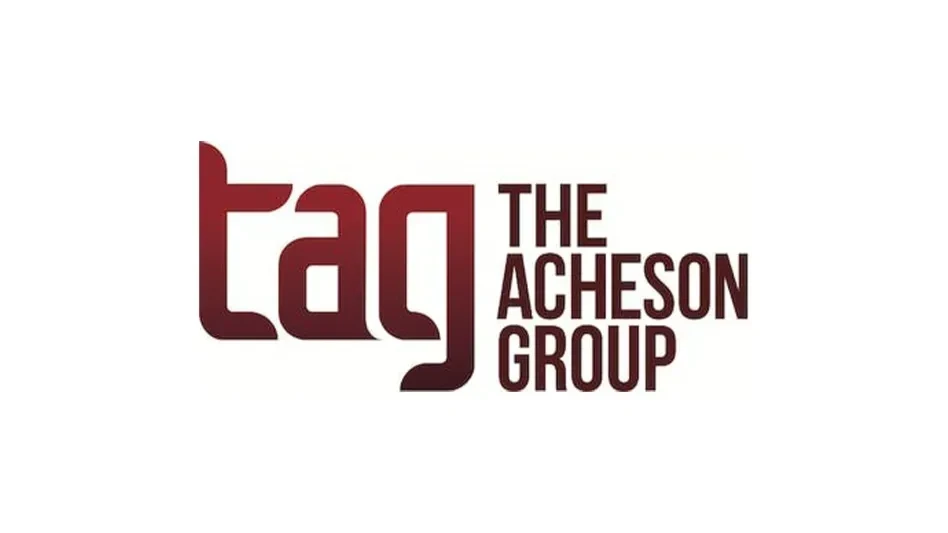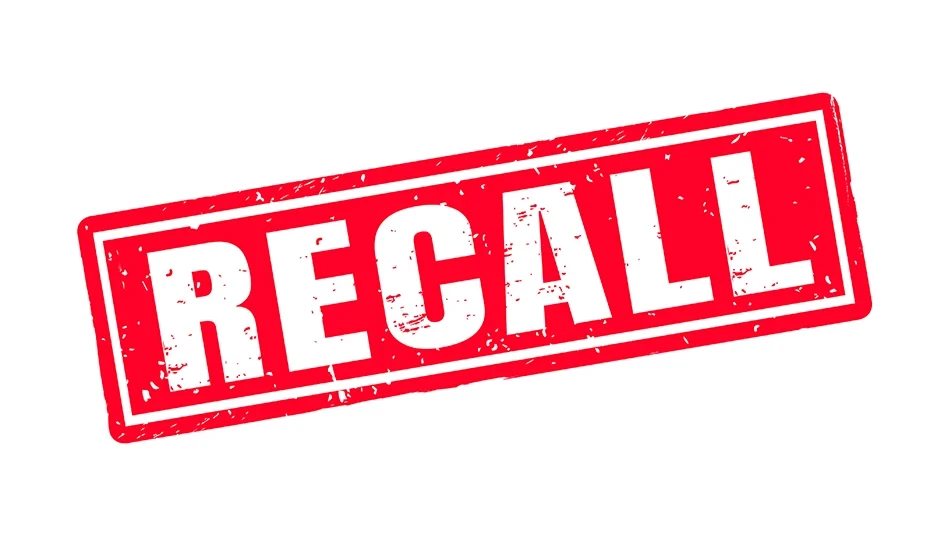Are you ready for your next visitor? That visitor may be a key customer, a prospective customer, a third party auditor, or an FDA investigator. While a clean plant provides a good impression to any visitor, remember that your most important visitors are in your plant every day—they are your employees! A clean plant is a safe plant that favorably impacts employee morale and your company reputation. The ultimate objective of a clean plant is to prevent foodborne illnesses; it is an objective that favorably impacts all your customers.
What are some practical solutions to reach clean?
To address this there are a few questions to ask:
- When is clean, clean? The variable to reaching clean should be focused on how it is done, not simply on the end result. There are various ways to reach clean that are detailed within SSOPs. All SSOPs should be designed to reach a specific level of clean.
- Have you established the level of clean for each specific zone within your plant? The level of clean varies from zone 1 (product contact surfaces) to zone 4 (outer building perimeter). A level of clean also varies prior to your primary pathogen control area, within it, and after it.
- Is an agreed-to level of clean clearly established by area? Cleaning to a desired agreed to standard is critical in terms of downtime, resources, and consequences. Standards must be clear within each SSOP as an acceptable end point. A target picture of the acceptable level of clean inserted within a SSOP is a good technique. Employees can relate to a good looking pictorial end result, especially those with language challenges.
Clean is clean when the surface meets three criteria: organoleptic, chemical, and microbiological.
- Organoleptic verification is defined with sight, smell, and sometimes touch (white glove). Cleaning personnel must clean to reach these standards (this is where target pictures are good). Self inspections are organoleptic based, documented by the people doing the cleaning, and signed off by their supervisor.
- Chemical verification is defined as confirming a chemical level tested by an approved procedure. Usually laboratory personnel or an assigned designate conduct these tests assuring specific chemicals are within an acceptable range. An example would be a sanitizer such as chlorine. Chemical documentation is ongoing and is usually kept within a laboratory.
- Microbiological verification is the most challenging of the three criteria. Usually a microbiologist conducts these tests and/or writes clear procedures for an assigned knowledgeable designate to conduct testing. An example would be surface swabbing for ATP. Microbiological documentation is also ongoing and usually kept within a laboratory.
All three criteria have “startup veto power” if a surface is not within an acceptable level of clean. Re-cleaning must be conducted until the agreed-to clean standard is met. A word of caution with microbiological verification is that your procedure should match the FDA’s procedure. Otherwise you risk a potential pathogenic hazard from a false sense of security with inaccurate data, subsequently discovered by an FDA investigator. This discovery could ruin your day or that of your boss and boss’s boss. /p>
One overriding benefit of clean is the prevention of foodborne illnesses. An estimated 48 million consumers a year are stricken by foodborne illness. Congress has demonstrated its impatience with this through the passage of the Food Safety Modernization Act. Your next visitor may likely be a result of this new law. A clean plant is a demonstration of good food safety. Are you ready?

Explore the June 2011 Issue
Check out more from this issue and find your next story to read.
Latest from Quality Assurance & Food Safety
- Jim Jones Resigns from FDA, Citing ‘Indiscriminate’ Layoffs
- Raw Pet Food Identified as Source of Bird Flu Infection to House Cats
- USDA Terminates Contracts, Rescinds DEI Programs
- Brooke Rollins Sworn in as U.S. Secretary of Agriculture
- bioMérieux Launches Diagnostic Solution for Food Industries to Analyze Root Cause of Listeria Contamination
- WHO Appoints Director of Department of Nutrition and Food Safety
- WHO, Nanyang Technological University Singapore to Host Food Safety Risk Assessment Workshop
- New CDC Report Says Bird Flu Spread Undetected in Veterinarians





